26 Jul What Cycling Taught Me About The 70–20–10 Model
Having worked in the Talent Management space for the past 10 years, I’ve always had a passion for developing people through up-skilling. All of that to say, the need for up-skilling and growing talent internally has become increasingly more important with the Covid-19 pandemic transforming the way in which we work . Due to the globalization of the workforce, and the ability to work from anywhere, we’re experiencing an ever greater war for talent with external recruiting. Organizations are seeing this trend unfold and putting a stronger focus on internal mobility and developing their talent from within.
In a 2021 study by LinkedIn Learning, 73% of organizations reported a desire to focus more on internal mobility and hiring internally vs. externally, which is an increase of 10% from prior years. There is no doubt we need to up-skill our talent to continue to develop employees from within, but how do we do this? Well, some of you may be aware of the blended learning approach, or the 70–20–10 model, where a skill can be developed 70% on the job, 20% through peer mentorship, and only 10% from formal learning. This debunked the myth that up-skilling is achieved primarily through formal learning or study. Being a professional in Talent Management, I have always used this model when it comes to learning and development and the effectiveness of this model has only been magnified through my recent exploration of cycling.
For me, Fitness has always been an outlet and a source of inspiration with regards to personal and professional development. I find success happens when you adopt a growth mindset, set goals, and are resilient when working towards them. In any sport or activity, it is both a psychological and a physical game — so is up-skilling. Being an avid runner, I became curious about taking up cycling, a sport that became quite technical for me when I switched over to road cycling. The motivation to develop this new skill came from wanting longer and more adventurous routes, and to build new muscles. I was excited by the fact that I could now go on 10–100km rides and see intricate parks and trails in Ontario. With that in mind, I purchased my first road bike, and put my rules about up-skilling to work. Check-out the steps I took below to take up a new sport and hobby.
- First and foremost, it’s all about having a growth mindset. Having the desire and willingness to learn but also the belief that what you know today is not limited by what you can learn tomorrow. With a growth mindset you don’t have to fake it, you will start to acknowledge and accept that setbacks are opportunities to tackle in order to get to the next level. Failure and mistakes are expected and okay. Your confidence will build itself over time as you build your capability. Focus on having a positive growth mindset, with strong humility and curiosity. This way, setbacks are deemed opportunities to tackle the next level in your skill development and in doing so, your learning journey will be off to the right start. Fun Fact: In the spirit of neuroscience, your brain doesn’t know the difference between fear or excitement, and it doesn’t matter as long as your adrenaline is pumping, you’re growing — so enjoy the rush & the learning journey! Cycling tip: Don’t be intimidated or fear the unknown but rather be curious. It’s always exciting getting into a new hobby. “Practice makes progress” and it is no wonder 70% of skill development is getting out and practicing what you’ve learnt. I hate to break it to you, but there is no silver bullet and there is no easy way out.If you want to become a better rider, get out and ride. There is no fast-track way to get there.
2. Leverage your peer group/ network (20%). No matter what learning journey you’re on, you’re never alone. There’s always someone else who’s either mastered this skill or working on building this skill, and there is value in leveraging each other for knowledge sharing. This concept sheds light on the saying, “If you want to go fast, go alone but if you want to go far, go together.” Your potential truly is expedited through having a network to inspire you, to push you, bounce ideas off of, and make the learning journey fun. Cycling tip: meet other riders, connect with the cycling community, and even your local bike shop for tips and tricks. Be it cycling techniques, gear recommendations, or routes to practice on, you will help each other grow and have more fun while doing it.
3. Do your research (10%). You can try a DIY approach through trial and error, simply practicing and talking to others, but there’s value in doing your research and reading up on what’s been tried, tested and true throughout the years. Cycling Tip: Reading up on techniques on the cycling networking, researching technology in your bike/gear, and learning about technical aspects of cycling routes will help you become more equipped to master the sport, and tackle and route head-on. Personally, when I hit road blocks such as tackling big hills like Rattlesnake point, I did some research on how to improve my technique. The cycling network taught me about optimizing my gears and cadence to make these challenges more achievable for me.
The best part about up-skilling is that the journey is never ending and there is no such thing as “perfect.” We can practice, and progress, but half the fun is always being open to learning and mastering new concepts, techniques and skills to build your confidence and capabilities. As you embark on your next journey, whether personal or professional, don’t forget to set your intention, make a goal, and prepare yourself for the adventure. You can apply this simple model to any skill you are building to maximize your growth plan, results and performance.


Sorry, the comment form is closed at this time.